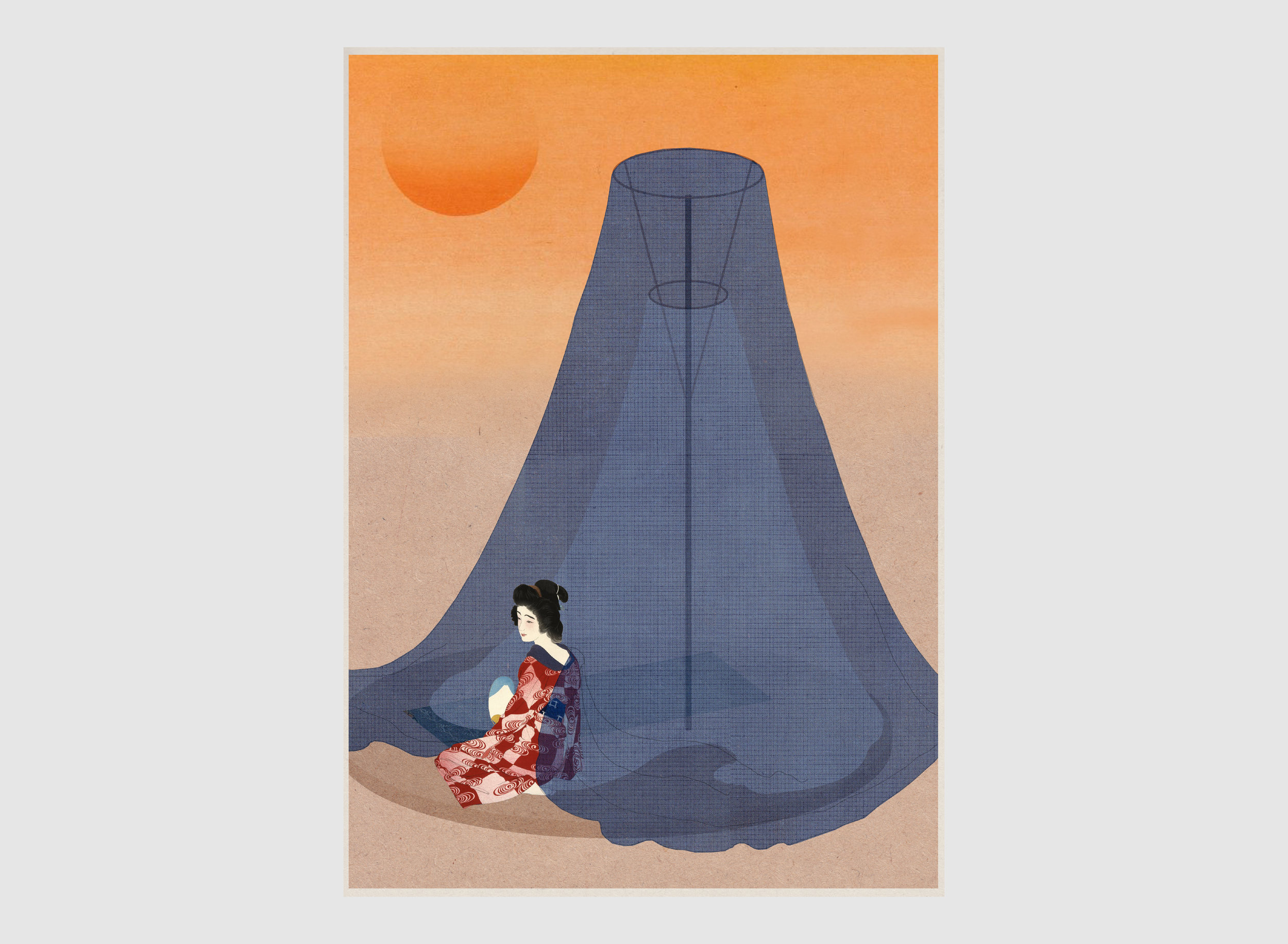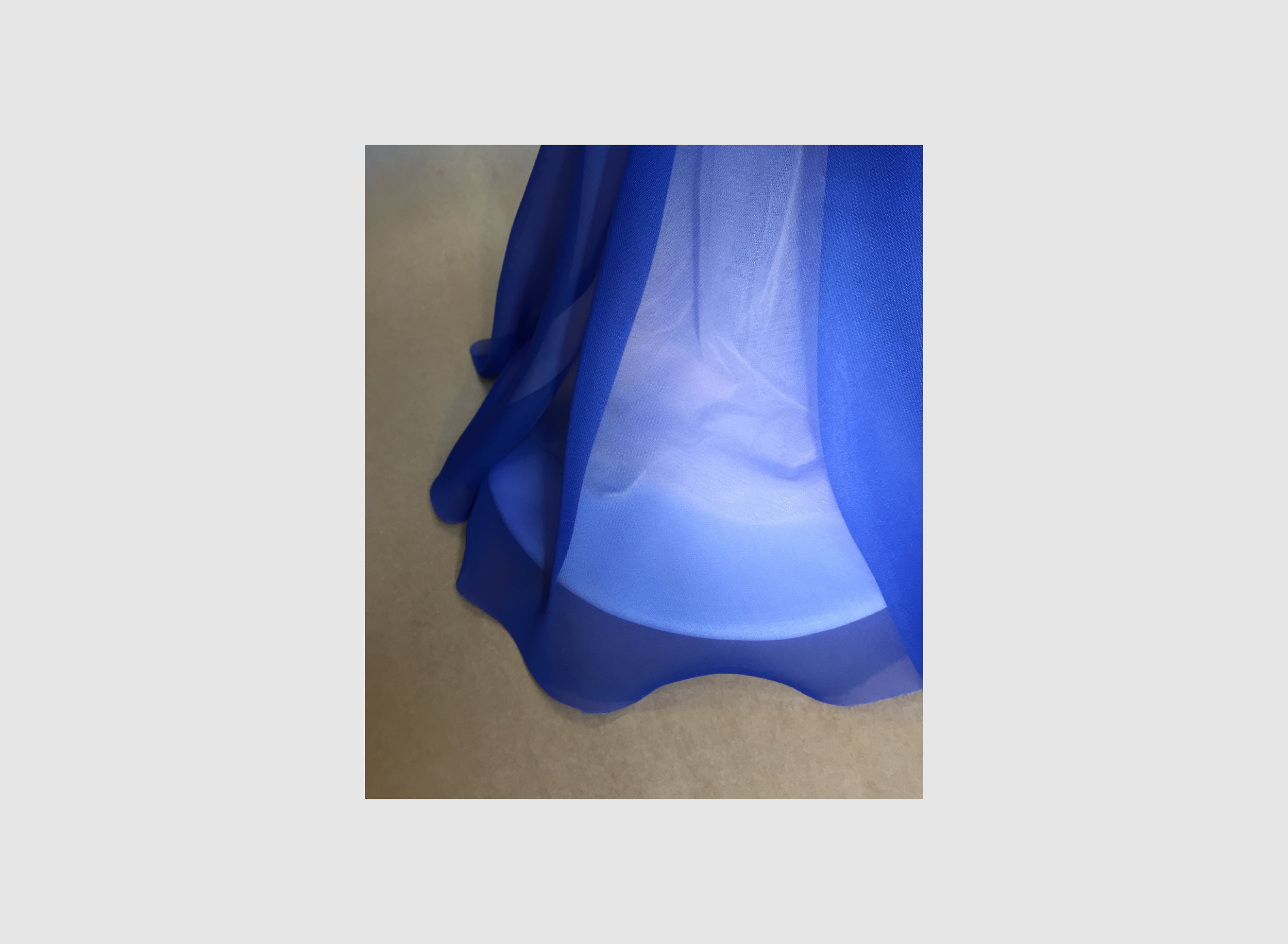GEN 19 - Womb Within
Tokamachi (JP)
Installation
2017, competition
collaboration with SOLO studio and Mahsa Ramezanpour
Womb Within looks at the ambiguity of materiality and immateriality in modern living. Translucent textiles replace walls in a small space of sleeping. The natural fabric brings into existence space as a physicality. The thin fabric, with its translucency, brings into question: how protected are we really in the spaces we inhabit?
Inspired from the typical Kaya, 2 layers of textiles are suspended from the top of a single individual column, falling onto a wide base-plate, carpeted with soft fabric. The base-plate is of a circular form, non-binding and continuous. Furniture in the space consists of just a single bed and a table that is reduced into an abstract volume. Life within the space is made minimal, ascetic and cleansing. Inhabiting the space brings a sense of lightness with the fabrics, but yet engaging in its vulnerabilities.
Through layering, different levels of intimacy and privacy are achieved. The first layer is exposed more than the inner space. Yet, with the softness of the drapery, a sense of protection is created in the inner-most space, like a child, being cocooned and protected, within the womb of the mother.




